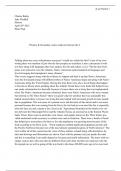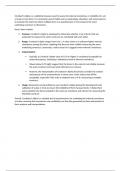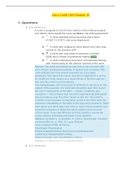Summary
Summary IFRS 16 leases (lessee)
- Course
- Financial Accounting 379
- Institution
- Stellenbosch University (SUN)
this summary is a complete set of notes from lectures as well as added notes from examples. There are also examples with step by step guides
[Show more]












